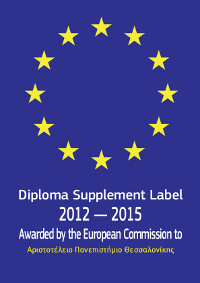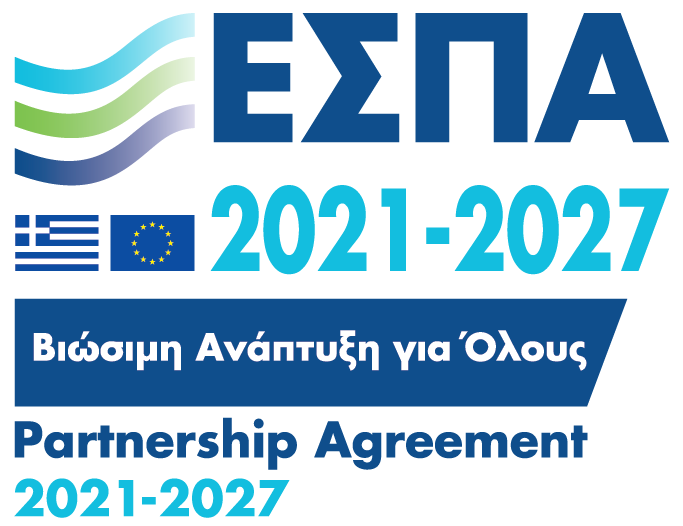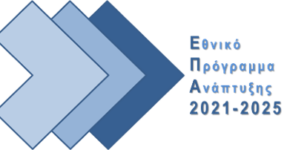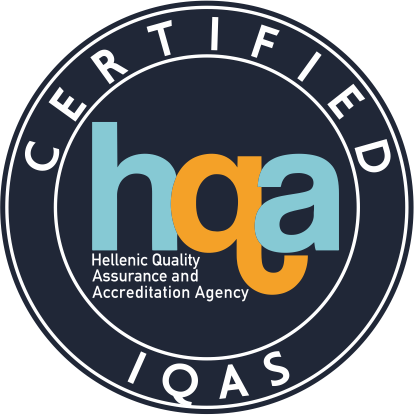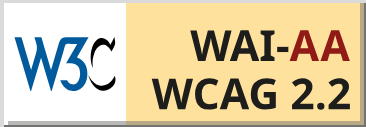The Casts Museum was established at the Faculty of Philosophy, at the initiative of C. Romaios, then professor of Classical Archaeology, a couple of years after the Aristotle University of Thessaloniki was founded (between 1928 and 1930). The Museum, housed in 3 halls in the main building of the faculty, aimed to provide students with extensive training in ancient art, while offering them the right resources [I. Voyatzidis – S. P. Kyriakidis, The Aristotle University of Thessaloniki 1926-1936 (published in 1937)].
In the 1970s, the Museum relocated to the basement of the new building of the faculty, and between 1975 and 1982 the items were displayed in the first hall (today it is named after the archaeologist Christos Tsountas), supervised by the now Professor Emeritus G. Despines. In 1990-91, the larger of the two halls (it is named after Constantinos Romaios) was laid out to host exhibitions, also including a small amphitheater for lectures, under the supervision of the present head of the Museum Th. Stefanidou-Tiveriou. The hall was expanded to its current size in 2000, housing newly acquired exhibits as well.
The space and the exhibits
The name of the Museum itself signifies that the majority of the exhibits are plaster casts of ancient sculptures, and also clay and metal copies of miniatures. There are also copies of Minoan, Mycenaean and Byzantine murals, copies of Paleo-Christian wall paintings, as well as copies of Byzantine icons. A significant number of the exhibits are original works of art, mainly pottery and miniatures, which were either donated or excavated in the past within the framework of the research carried out by the Faculty of Philosophy.
The exhibits are organized chronologically and are displayed according to general thematic groups (original pottery and miniatures, original coins and copies of coins, copies of miniatures, and plaster casts of sculptures).
Among the most important exhibits in the “Christos Tsountas” hall is the cast of the God of Artemision and the cast of the Charioteer of Delphi, while the casts of the plaques of the west frieze of the Parthenon temple are also of great interest. There are also other casts of known archaic and classical works of art.
Copies of known miniatures and artworks of prehistoric times from the Cyclades, Crete and Mycenae are displayed in three cases at the museum, whereas five cases contain original artworks, mainly vases, and also statuettes and oil lamps, some of which were found during the excavations held by C. Romaios in Karabournaki. Unfortunately, little is known about the origin of most of the findings, whereas some of the exhibits were donated or lent by collectors (A. Cristomanos, Gr. Embedoklis, and N. Telloglou). Moreover, it needs to be noted that the Museum houses collections of coins – both casts and original ones – from various eras and cities, and these are displayed on specially formed plates. Many of these collections were donated by collectors Portolos and Protonotarios. Copies of murals of a Paleo-Christian tomb in Thessaloniki, as well as artworks by Chr. Lefakis are also on display in the Museum.
A great number of casts from different time periods are exhibited in “Constantinos Romaios” hall. The colossal Sounion kouros and the casts of the arch of Galerius, donated by the 9th Inspectorate of Byzantine Antiquities, along with the models of capitals and other parts of the decoration of the church of Agios Demetrios, are some of the most important exhibits of the Museum. Casts of the east and west gable of the temple of Zeus in Olympia, donated by the 7th Inspectorate of Prehistoric and Classical Antiquities, are also displayed in the hall.
The main collection of casts of archaic sculptures carved on all sides, dating between the early 6th century and the early 5th century B.C., is located in the raised part of the hall. The collection consists of a significant number of kouroi and kores from various sites (from the islands of Naxos and Paros, from Attica, etc.), pedestals of statues with relief representations, sepulchral and votive bas-reliefs, as well as architectural sculptures.
Over the last years and after acquiring new exhibits, a collection of casts of imperial portraits was put together, which, despite its small size, contains representative works from each dynasty, as well as two private portraits of the same period from Thessaloniki. The collection is displayed in the antechamber of “C. Romaios” hall.
Museum activities
Aiming to meet the needs of the students of archaeology, the Casts Museum organizes guiding tours regularly. Moreover, the Colloquia and lectures of the Department of Archaeology, as well as workshops and special seminars are held in the amphitheater of the Museum. In the laboratory of the Museum, students index, file and study the archeological and photographic archive material.
The Museum is open to primary and secondary school students and a wider audience from Monday to Friday, 9.00am-14.00pm. Special guided tours for primary and secondary school students are also organized.
The Museum also hosts recurrent exhibitions on various subjects related to antiquity or to civilization in general.
Address:
Casts Museum of the Faculty of Philosophy
Basement of the New Building of the Faculty of Philosophy
University Campus, AUTh
54124 Thessaloniki
Greece
Τ: +302310 997301 & +30 2310 997279




